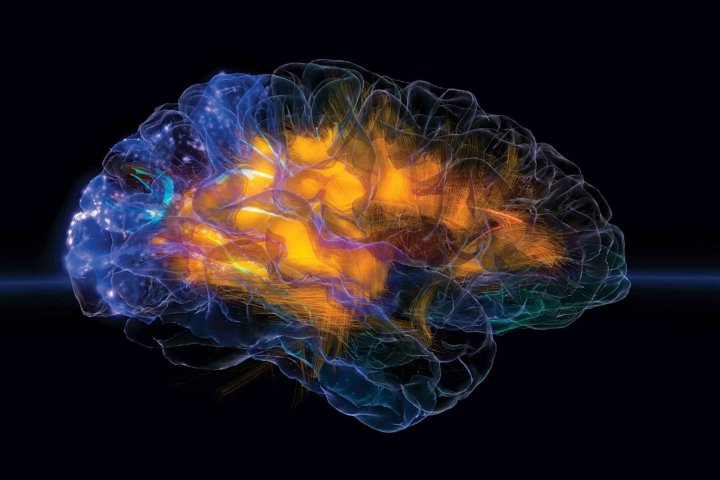
After a decade of work, the Blue Brain Project of the École Polytechnique Fédérale de Lausanne claims, in a paper published in Cell, that it has created 31,000 virtual neurons comprised of 207 individual neuron subtypes. While the entire rat brain is estimated to have some 21 million neurons, even this tiny portion of the organ has scientists agog with the new realm of possibilities this latest discovery unlocks.
The ultimate goal of the $1 billion endeavor is not only to construct a whole rat brain in a computer, but a human brain as well. This project is separate from efforts to upload a consciousness to the cloud — rather, the hope here, as the New York Times explains, is for researchers to be able to “digitally encode some characteristics of neurons and their connections that are common to all brains.” Cori Bargmann of New York’s Rockefeller University calls the progress thus far an “amazing tour de force” of data, but still, she notes, there is significant work that is yet to be completed.
Digitizing all or portions of the brain, some researchers say, will unlock new ways for the body’s most complex organ to be studied in greater detail, but there are certainly members of the scientific community who have reservations both regarding the ethics of the endeavor as well as its overall usefulness. The Blue Brain Project “has been hyped immensely,” said Max Planck Institute for Brain Research director Moritz Helmstaedter in an interview with Science. “But what happened is exactly what we feared: There are no real findings. Putting together lots and lots of data does not create new science.”And an open letter in 2014 signed by hundreds of neuroscientists criticized the project’s “overly narrow approach.”
Regardless, Bargmann says, it’s far too early to pass judgment. “They built a 747, and it’s taxiing around the runway,” she told the New York Times. “I haven’t seen it fly yet, but it’s promising.” So watch out world. The digitized brain just may be headed your way.
Editors' Recommendations
- Watch Neuralink’s first human brain-chip patient play chess via thought
- AMD finally shares new RX 7900 XTX benchmarks, and it’s not all good news
- Scientists just achieved a breakthrough in quantum computing
- Inside the U.K. lab that connects brains to quantum computers
- Apple winding down sales of its 21.5-inch iMac computer


